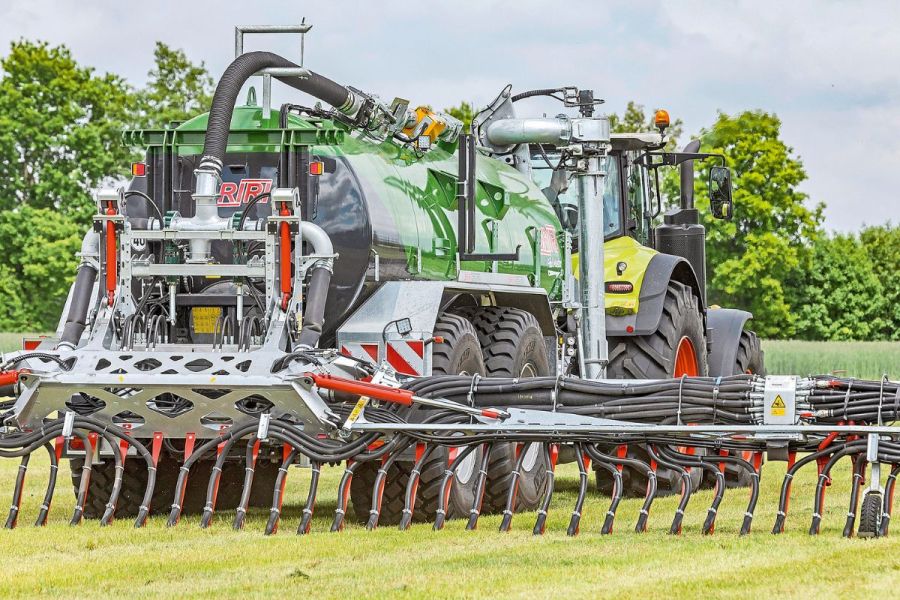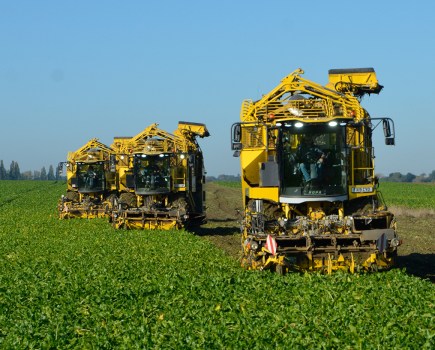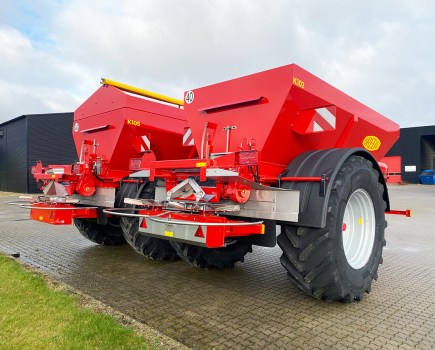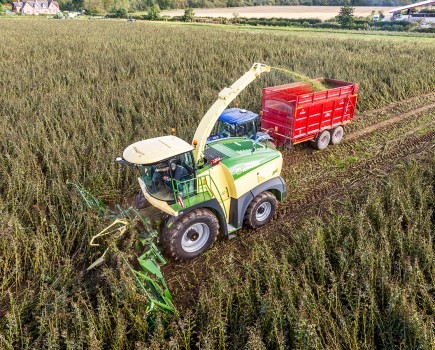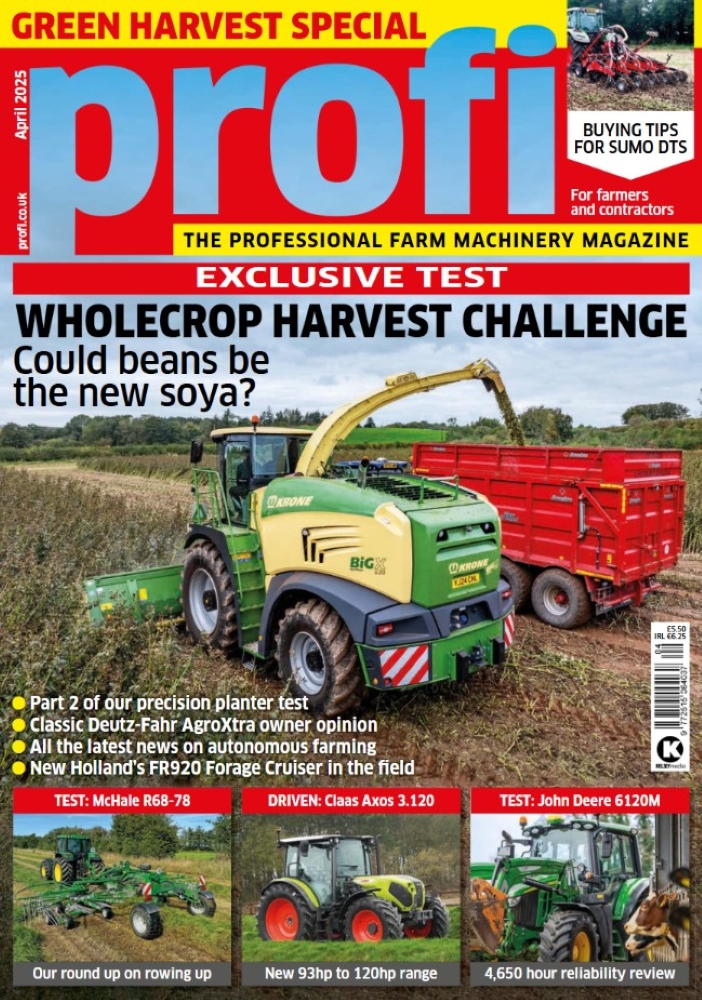Near infrared spectroscopy (NIRS) is a well-established system that will be familiar to those using the technology on a forage harvester to monitor crop quality ‘on the fly’. NIRS can be further exploited to include determining the nutrient value of slurry. Could its adoption optimise slurry use and ensure field applications meet environmental regulations?
Field-specific guidelines and full documentation relating to slurry application is becoming part of modern farming. So too is the recognition that slurry is nutrient rich but also that its nutrient value can vary. To optimise its value the slurry needs to be spread to provide a uniform distribution of the nutrients available to crops. This is not easy as the nutrient content of slurry is typically taken from a number of samples which can only provide a broad outline of the material’s overall values. In practice, nutrient levels can vary widely between tanker load, reducing the reliability of slurry as a fertiliser.
As slurry is not homogenous, even mixed and stirred in storage, an additional degree of difference in nutrient values are to be expected which can mean the even when it is applied accurately the rates are not necessarily linked to nutrient values.
Knowing what’s in the tank
It is in applying slurry to exploit its nutrient value where NIRS near-infrared spectroscopy could offer significant ibenefits. A starting point is to use NIRS to analyse material as it enters the tanker. This will give a broad idea of the value of nutrients per tanker. To achieve this, a mobile NIRS analysis system is hooked up to the fill hose. This comprises of an NIRS sensor unit, flow meter and operator terminal. As slurry is sucked or pumped into the tank, the sensor unit determines the levels of N nitrogen, P phosphate and K potassium along with ammonia and dry matter as material enters the tanker.
For more up-to-date farming news and reviews click here and subscribe now to profi for just £3.99 an issue.

